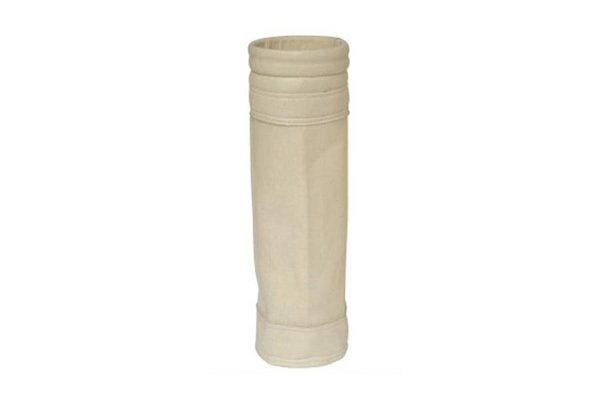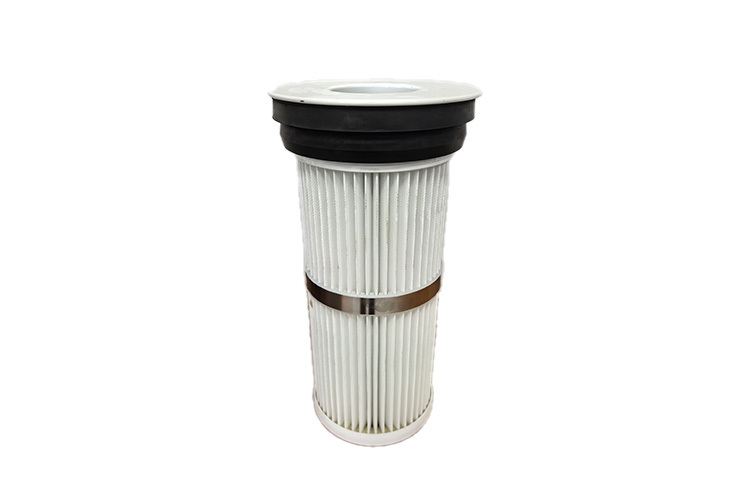Comprehensive Guide to Dust Filter Cartridges: Essential Insights for Industrial Applications
Release time:
2025-05-07
Dust filter cartridges are critical components in various industrial applications, specifically designed to capture and eliminate airborne particulate matter. These cartridges play a pivotal role in maintaining air quality, protecting equipment, and ensuring workplace safety. In this article, we will delve into the functionality, advantages, and maintenance practices of dust filter cartridges, equ
Dust filter cartridges are critical components in various industrial applications, specifically designed to capture and eliminate airborne particulate matter. These cartridges play a pivotal role in maintaining air quality, protecting equipment, and ensuring workplace safety. In this article, we will delve into the functionality, advantages, and maintenance practices of dust filter cartridges, equipping you with the knowledge to optimize their use in your operations.
At their core, dust filter cartridges operate by utilizing a combination of physical and mechanical filtration methods. The primary material used in these cartridges is typically a porous media that facilitates the trapping of dust particles while allowing clean air to pass through. The efficiency of a dust filter cartridge often depends on its design, including the surface area, pleating, and the material's filtration capabilities. Common materials include cellulose, polyester, and fiberglass, each offering unique advantages depending on the application environment.
One of the most significant benefits of using dust filter cartridges is their ability to improve overall air quality. By effectively capturing harmful dust and particles, these cartridges help to mitigate respiratory hazards for employees, thereby fostering a safer workplace. Additionally, using a quality dust filter cartridge can prolong the life of machinery and equipment by preventing dust accumulation, which can lead to operational inefficiencies and costly repairs.
Regular maintenance of dust filter cartridges is vital for sustaining their performance. Over time, cartridges may become clogged with accumulated dust, reducing airflow and filtration efficiency. To maintain optimal performance, it's essential to establish a routine inspection and replacement schedule. Depending on the operating conditions, the frequency of replacement can vary. Indicators of needing a replacement may include a noticeable decrease in airflow or an increase in pressure drop across the filter.
When selecting a dust filter cartridge, consider key factors such as the type of particulate matter you are dealing with, the environmental conditions of your facility, and the specific requirements of your equipment. It's also advisable to consult technical specifications and performance data to ensure that your chosen cartridge meets the necessary filtration efficiency standards.
In conclusion, dust filter cartridges are indispensable in industrial filtration systems, providing significant air quality improvements and equipment protection. Understanding their operation, benefits, and maintenance needs is crucial for ensuring their effectiveness in your facility. By leveraging this knowledge, you can make informed decisions that enhance your operational efficiency and workplace safety.
At their core, dust filter cartridges operate by utilizing a combination of physical and mechanical filtration methods. The primary material used in these cartridges is typically a porous media that facilitates the trapping of dust particles while allowing clean air to pass through. The efficiency of a dust filter cartridge often depends on its design, including the surface area, pleating, and the material's filtration capabilities. Common materials include cellulose, polyester, and fiberglass, each offering unique advantages depending on the application environment.
One of the most significant benefits of using dust filter cartridges is their ability to improve overall air quality. By effectively capturing harmful dust and particles, these cartridges help to mitigate respiratory hazards for employees, thereby fostering a safer workplace. Additionally, using a quality dust filter cartridge can prolong the life of machinery and equipment by preventing dust accumulation, which can lead to operational inefficiencies and costly repairs.
Regular maintenance of dust filter cartridges is vital for sustaining their performance. Over time, cartridges may become clogged with accumulated dust, reducing airflow and filtration efficiency. To maintain optimal performance, it's essential to establish a routine inspection and replacement schedule. Depending on the operating conditions, the frequency of replacement can vary. Indicators of needing a replacement may include a noticeable decrease in airflow or an increase in pressure drop across the filter.
When selecting a dust filter cartridge, consider key factors such as the type of particulate matter you are dealing with, the environmental conditions of your facility, and the specific requirements of your equipment. It's also advisable to consult technical specifications and performance data to ensure that your chosen cartridge meets the necessary filtration efficiency standards.
In conclusion, dust filter cartridges are indispensable in industrial filtration systems, providing significant air quality improvements and equipment protection. Understanding their operation, benefits, and maintenance needs is crucial for ensuring their effectiveness in your facility. By leveraging this knowledge, you can make informed decisions that enhance your operational efficiency and workplace safety.
latest News









